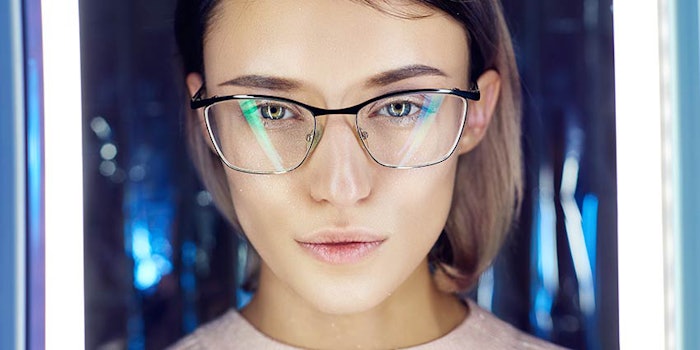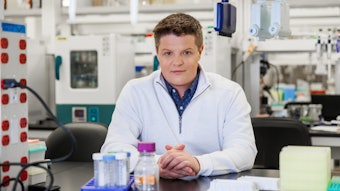
Holistic skin care defense, based on multiple exposomal exposures, has become an increasing area of innovation for skin care. The factors impacting the skin’s defense were a core topic of the 72nd Annual Scientific Meeting & Technology Showcase presented by the Society of Cosmetic Chemists.
Circadian Skin Care
Ilya Raskin, a professor at Rutgers University, noted that Estée Lauder has reviewed the impact of various environmental factors on the skin, including the day/night rhythm of skin cells and their potential disruption by pollution, UV and blue light exposure.
During the day, the skin’s Circadian rhythm delivers skin protection. The skin is at its thickest at this time, while producing higher sebum and pH levels, as well as the cycle’s lowest cell proliferation rate.
At night, the skin’s cell renewal, or autophagy, kicks into high gear, as does DNA repair and blood flow. Skin temperature rises at this time, as does its barrier permeability and moisture loss, making this period ideal for the application of skin-nourishing ingredients.
Raskin explained that Estée Lauder has focused on the impact of the circadian rhythm on autophagy. Notably, R&D teams have found that light-sensitive opsin proteins in skin cells respond to exposures such as blue light, thereby causing skin cell desynchronization, which results in a loss of autophagic activity. (Autophagy also declines naturally with age.)
Blue light sources include sunlight, as well as light pollution from digital screens and street lights. The disruption caused by these exposures leads to increased incidences of prostate and breast cancer, obesity, diabetes and even psychiatric disorders.
Estée Lauder has run several clock gene experiments with skin cells exposed in a blue light chamber. The results showed that disruption of circadian rhythm can inhibit skin repair and increase DNA damage and inflammation.
How Dangerous is Blue Light?
Blue light defense, like anti-pollution, has been one of the hottest areas of ingredient and claims innovation in the last few years. Helen Yang, a research investigator at Amway, took a closer look at the threat and offered a mixed take.
Yang noted that there was just one product on the market in 2012 that made a blue light defense claim; in 2018, there were 112. Claims have focused on blue light exposures caused by indoor lighting and digital screens, as well as the sun.
Blue light has the ability to penetrate the skin all the way to the subcutaneous layer and has been indicated as a possible source of oxidative stress, hyperpigmentation and collagen degradation.
Of course, said Yang, the effects of blue light are dependent on dose and wavelength. Blue light can be toxic at wavelengths shorter than 453 nm, though shorter wavelengths are non-toxic at lower doses.
Yang’s research has found that doses of blue light from the sun are vastly higher than those from digital screen exposure. To illustrate, an outdoor dose on a cloudy day is six times as powerful as indoor exposures. Yang’s team used the novel approach of exposing their skin directly to screens for their testing, a scenario unlikely to be replicated by consumers.
Yang concluded that the understanding of blue light is at an early stage, with little oversight on blue light claims and much more research required on various endpoints through long-term exposure studies featuring controlled light sources for known wavelength and dosage.










